Machine Learning, Big Data, Code, R, Python, Arduino, Electronics, robotics, Zen, Native spirituality and few other matters.
107 posts
Latest Posts by r3ds3rpent - Page 3
Nice explanation for #Bubble_Sort, sometimes referred to as sinking sort, is a simple sorting algorithm that repeatedly steps through the list to be sorted, compares each pair of adjacent items and swaps them if they are in the wrong order. The pass through the list is repeated until no swaps are needed, which indicates that the list is sorted.
https://youtu.be/Yaj07QdVTp8








sakura
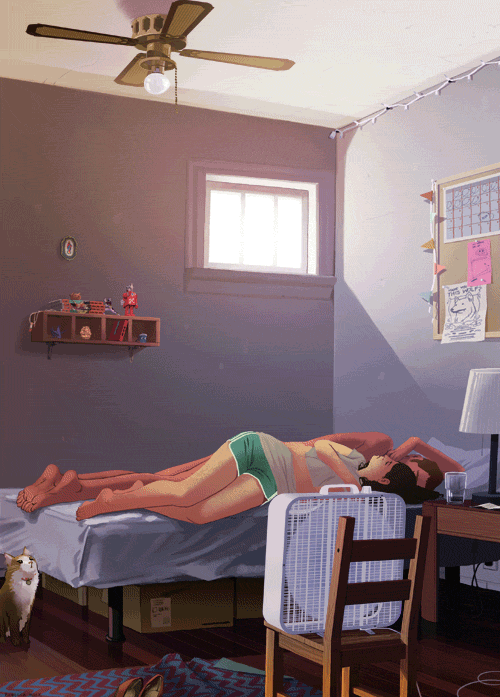
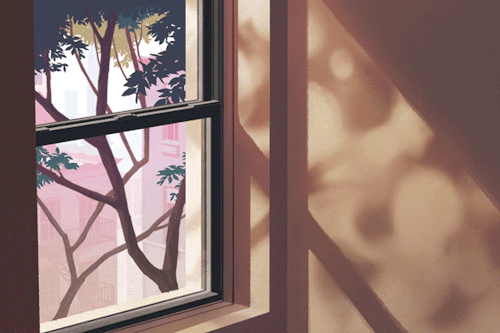

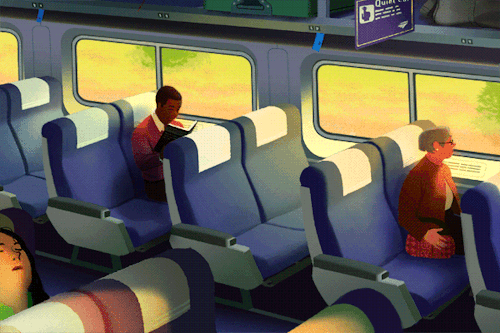
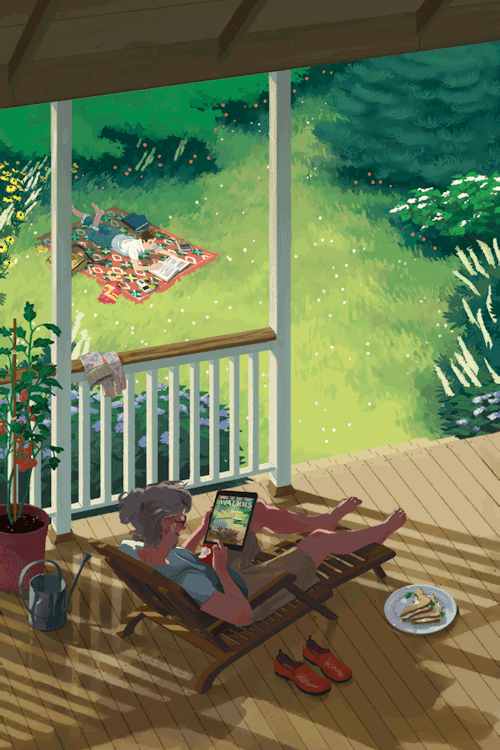


Charming Illustrated Cinemagraphs Reflect The Idyllic Mood Of Lazy Summer Days
by Rebecca Mock
[tumblr | portfolio]

Mars: Close-up of Crazy Mountain on sol 1074
by PaulH51
Rurouni Kenshin Week
Day 7 | Free Day
↳ What a Wonderful World…
This version is required listening. The verses don’t go in the same order, but mmmmmmm, super atmospheric.
A round of high-fives for the RK fandom for a fantastic week of weeping feelings! We survived did it!! (ノ◕ヮ◕)ノ*:・゚✧








Could we truly be blind to race?
Professor Osagie K. Obasogie’s research on how blind people perceive race reveals that understanding race is not simply based on visual cues, but based how we’re socialized and what we’re taught.
When asked what race a person was, the respondents who were all blind at birth, largely defined race by visually observable indicators, such as skin color, facial features and other physical characteristics.
And contrary to what many might think, the UC Hastings professor found that blind people don’t rely on audible cues as a way to identify a person’s race, because many of them have learned that speech is an unreliable marker of someone’s race.
Instead, Obasogie’s subjects understood race visually based on the physical traits that they were taught to be markers for racial differences.
In the study, subjects recalled childhood experiences where they were told what people of certain color look like or even smell like.
And people around them often reinforced racial biases by patrolling racial boundaries, such as telling them they can’t date outside their race, or implying that the person next to them could be potentially dangerous. Obasogie told NPR:
“Blind people aren’t any more or less racist than anyone else. Indeed, part of the point of this project is that vision has very little to do with it. What matters are the social practices that train us to see and experience race in certain ways, regardless of whether we are sighted or not.”
Read more about Obasogie’s study at Boston Globe
And thank you to Julia Wilde at “That’s So Science” for hosting the DNews episode!
soo cool
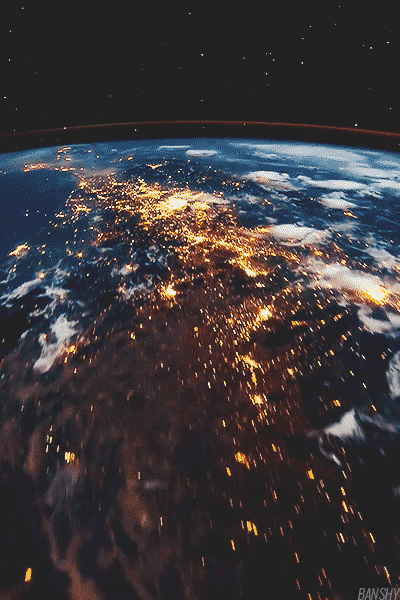
The heritage is? ... Defending slavery, clearly or destroying their descendants






TDS, June 24, 2015








Game of Thrones Filming Locations

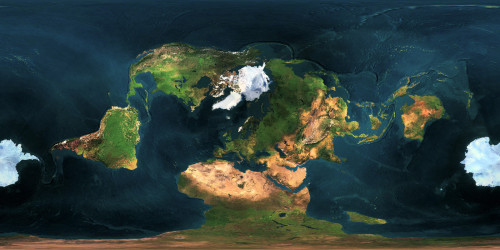
Mercator projection with a different centerpoint.
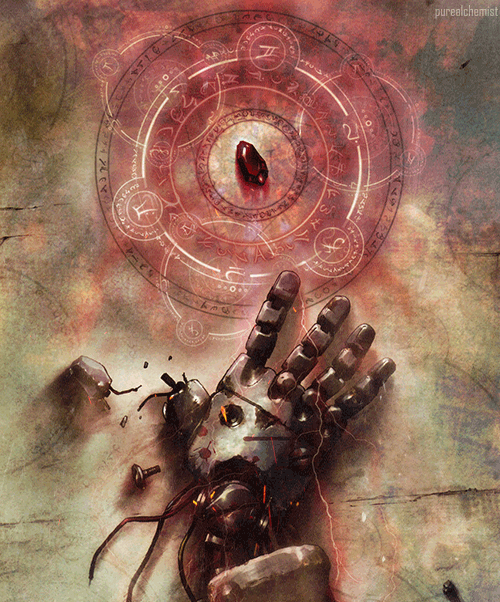
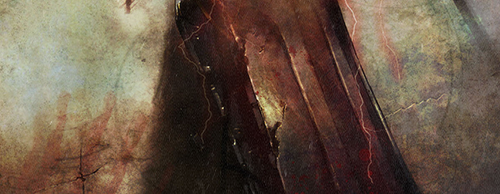

Muscle-controlling Neurons Know When They Mess Up
Whether it is playing a piano sonata or acing a tennis serve, the brain needs to orchestrate precise, coordinated control over the body’s many muscles. Moreover, there needs to be some kind of feedback from the senses should any of those movements go wrong. Neurons that coordinate those movements, known as Purkinje cells, and ones that provide feedback when there is an error or unexpected sensation, known as climbing fibers, work in close concert to fine-tune motor control.
A team of researchers from the University of Pennsylvania and Princeton University has now begun to unravel the decades-spanning paradox concerning how this feedback system works.
At the heart of this puzzle is the fact that while climbing fibers send signals to Purkinje cells when there is an error to report, they also fire spontaneously, about once a second. There did not seem to be any mechanism by which individual Purkinje cells could detect a legitimate error signal from within this deafening noise of random firing.
Using a microscopy technique that allowed the researchers to directly visualize the chemical signaling occurring between the climbing fibers and Purkinje cells of live, active mice, the Penn team has for the first time shown that there is a measurable difference between “true” and “false” signals.
This knowledge will be fundamental to future studies of fine motor control, particularly with regards to how movements can be improved with practice.
The research was conducted by Javier Medina, assistant professor in the Department of Psychology in Penn’s School of Arts and Sciences, and Farzaneh Najafi, a graduate student in the Department of Biology. They collaborated with postdoctoral fellow Andrea Giovannucci and associate professor Samuel S. H. Wang of Princeton University.
It was published in the journal Cell Reports.
The cerebellum is one of the brain’s motor control centers. It contains thousands of Purkinje cells, each of which collects information from elsewhere in the brain and funnels it down to the muscle-triggering motor neurons. Each Purkinje cell receives messages from a climbing fiber, a type of neuron that extends from the brain stem and sends feedback about the associated muscles.
“Climbing fibers are not just sensory neurons, however,” Medina said. “What makes climbing fibers interesting is that they don’t just say, ‘Something touched my face’; They say, ‘Something touched my face when I wasn’t expecting it.’ This is something that our brains do all the time, which explains why you can’t tickle yourself. There’s part of your brain that’s already expecting the sensation that will come from moving your fingers. But if someone else does it, the brain can’t predict it in the same way and it is that unexpectedness that leads to the tickling sensation.”
Not only does the climbing fiber feedback system for unexpected sensations serve as an alert to potential danger — unstable footing, an unseen predator brushing by — it helps the brain improve when an intended action doesn’t go as planned.
“The sensation of muscles that don’t move in the way the Purkinje cells direct them to also counts as unexpected, which is why some people call climbing fibers ‘error cells,’” Medina said. “When you mess up your tennis swing, they’re saying to the Purkinje cells, ‘Stop! Change! What you’re doing is not right!’ That’s where they help you learn how to correct your movements.
“When the Purkinje cells get these signals from climbing fibers, they change by adding or tweaking the strength of the connections coming in from the rest of the brain to their dendrites. And because the Purkinje cells are so closely connected to the motor neurons, the changes to those synapses are going to result in changes to the movements that Purkinje cell controls.”
This is a phenomenon known as neuroplasticity, and it is fundamental for learning new behaviors or improving on them. That new neural pathways form in response to error signals from the climbing fibers allows the cerebellum to send better instructions to motor neurons the next time the same action is attempted.
The paradox that faced neuroscientists was that these climbing fibers, like many other neurons, are spontaneously activated. About once every second, they send a signal to their corresponding Purkinje cell, whether or not there were any unexpected stimuli or errors to report.
“So if you’re the Purkinje cell,” Medina said, “how are you ever going to tell the difference between signals that are spontaneous, meaning you don’t need to change anything, and ones that really need to be paid attention to?”
Medina and his colleagues devised an experiment to test whether there was a measurable difference between legitimate and spontaneous signals from the climbing fibers. In their study, the researchers had mice walk on treadmills while their heads were kept stationary. This allowed the researchers to blow random puffs of air at their faces, causing them to blink, and to use a non-invasive microscopy technique to look at how the relevant Purkinje cells respond.
The technique, two-photon microscopy, uses an infrared laser and a reflective dye to look deep into living tissue, providing information on both structure and chemical composition. Neural signals are transmitted within neurons by changing calcium concentrations, so the researchers used this technique to measure the amount of calcium contained within the Purkinje cells in real time.
Because the random puffs of air were unexpected stimuli for the mice, the researchers could directly compare the differences between legitimate and spontaneous signals in the eyelid-related Purkinje cells that made the mice blink.
“What we have found is that the Purkinje cell fills with more calcium when its corresponding climbing fiber sends a signal associated with that kind of sensory input, rather than a spontaneous one,” Medina said. “This was a bit of a surprise for us because climbing fibers had been thought of as ‘all or nothing’ for more than 50 years now.”
The mechanism that allows individual Purkinje cells to differentiate between the two kinds of climbing fiber signals is an open question. These signals come in bursts, so the number and spacing of the electrical impulses from climbing fiber to Purkinje cell might be significant. Medina and his colleagues also suspect that another mechanism is at play: Purkinje cells might respond differently when a signal from a climbing fiber is synchronized with signals coming elsewhere from the brain.
Whether either or both of these explanations are confirmed, the fact that individual Purkinje cells are able to distinguish when their corresponding muscle neurons encounter an error must be taken into account in future studies of fine motor control. This understanding could lead to new research into the fundamentals of neuroplasticity and learning.
“Something that would be very useful for the brain is to have information not just about whether there was an error but how big the error was — whether the Purkinje cell needs to make a minor or major adjustment,” Medina said. “That sort of information would seem to be necessary for us to get very good at any kind of activity that requires precise control. Perhaps climbing fiber signals are not as ‘all-or-nothing’ as we all thought and can provide that sort of graded information”

Question: What effect does sleep deprivation have on learning, such as memorizing facts for a test? asked by anonymous Answer: The amount of sleep you get actually has a tremendous effect on your learning abilities. Sleep deprivation causes an inability to concentrate or pay...
NASA - Aquarius Mission logo. June 17, 2015 An international Earth-observing mission launched in 2011 to study the salinity of the ocean surface ended June 8 when an essential part of the power and attitude control system for the SAC-D spacecraft, which carries NASA’s...

This map shows where 25 iconic movies were filmed in New York City

A world of languages - and how many speak them
by Alberto Lucas López, SCMP Graphic
Each language represented within black borders and then provide the numbers of native speakers (in millions) by country. The colour of these countries shows how languages have taken root in many different regions.
Keep reading
Start a #Kaggle on #R #tutorial ... Always wanted to compete in a Kaggle competition but not sure you have the right skillset? This interactive tutorial by Kaggle and #DataCamp on Machine Learning offers the solution. https://www.datacamp.com/courses/kaggle-tutorial-on-machine-learing-the-sinking-of-the-titanic
Dynamic Network Visualization - Wars on Earth over time (1816-2001)
This dynamic network visualization shows a dynamic picture of the global war conflicts between 1816 and 2001. The network relationships indicate which country was in conflict with another country. In the first part of the video the network data was overlayed over a geographic world map to show global reach. The second part shows the pure network layout in 3D. The dynamic network analysis and animations were generated with the software Commetrix (www.commetrix.de) by M.Schulz and R.Hillmann of IKMResearch at TU Berlin.
Things Programmers Shout #181
“I just have to finish this one last thing……..aaaaaaandddd it’s 3am.” //submitted by anonymous
Have a great weekend!

In case you’re having a bad day.

The beauty. pragmatism and efficacy of simulators

The picture above is from a tweet sent by NASA astronaut Terry W. Virts shows how an entire laptop can be used as a Virtual Reality headset display onboard the ISS.
“SAFER” virtual reality simulator- the jet pack we can use to get back to ISS if we floated away during a spacewalk.
Link
Sorting algorithms are of great interest because of their obvious applications in computer programs, but also because of their mathematical properties. One question in particular: what is the minimum number of comparisons necessary to sort a list of values? For lists of




Computational Hydrographic Printing
Method developed at Columbia University can accurately apply a print designed for specific surface shape from flat printouts. Interesting to note that this method can compliment 3D Printing with a standard home printer:
Hydrographic printing is a well-known technique in industry for transferring color inks on a thin film to the surface of a manufactured 3D object. It enables high-quality coloring of object surfaces and works with a wide range of materials, but suffers from the inability to accurately register color texture to complex surface geometries. Thus, it is hardly usable by ordinary users with customized shapes and textures. We present computational hydrographic printing, a new method that inherits the versatility of traditional hydrographic printing, while also enabling precise alignment of surface textures to possibly complex 3D surfaces.
More Here
